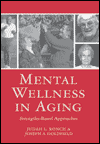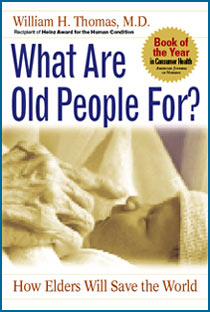![]()
Search
Recent Posts
- ChangingAging.org Redesign -- Please Bookmark!
- Disaster in Buffalo
- Power Up Friday
- Blanchard WinsDays
- Kevin Frick writes...
- Monkhouse Monday
- Getting Closer!
- Blanchard WinsDays
- Power Up Friday
- My Pick for Health and Human Services
- Understanding Health Care Reform
- Facts Are Stubborn Things: Social Security Edition
- Monkhouse Monday
- Localism is Coming
- Krugman Can't Wait...
Recent Comments
Category Archives
- AGING 100
- Aging
- Culture
- Dementia
- Eden Alternative
- Erickson School
- Green House
- Health Policy
- Longevity
- Media
- Rockets
Monthly Archives
- February 2009
- January 2009
- December 2008
- November 2008
- October 2008
- September 2008
- August 2008
- July 2008
- June 2008
- May 2008
- April 2008
- March 2008
- February 2008
- January 2008
- December 2007
- November 2007
- October 2007
- September 2007
- August 2007
 Subscribe to this blog's feed
Subscribe to this blog's feed
Announcements

Blog Data
« Arkansas Green House | Main | Quarterstaff Revolution »
July 2, 2008 |Permalink |Comments (0)
European "Baby Bust"
[Editor's Note: The following is a guest-post from ChangingAging blogger Al Power]
Before I share my promised post about social capital and dementia, I’d like to point out a fascinating article in Sunday’s New York Times Magazine, and hopefully get some comments from our community “across the pond."
This article concerns the current “Baby Bust” in Europe, where birth rates have dropped to record lows. A birth rate of 2.1 babies per woman is considered the number needed to maintain a country’s population. This is currently our number in the US. In Europe, however, the level has dropped significantly, and is only 1.3 in southern and Eastern Europe.
There is an interesting contrast between these countries and northern Europe, where the rate is relatively higher at 1.8. The southern countries have more women who stay home after childbirth, yet the birth rate is lower. Social scientists suggest the reason is that although these countries have more traditional views about childrearing, they have fewer social supports.
By contrast, the Scandinavian countries have more social welfare in the form of maternity and paternity leave, childcare coverage, etc. It is felt that these social supports actually encourage women to have more children.
There is also an attitudinal change occurring, especially in Germany and Austria, where greater than 1 in 8 young women feel the ideal number of children to have is “none”.
Rates are also dropping significantly in Japan, Korea and Thailand, and to a lesser extent worldwide. It is felt that the higher US level is due to (1) a more conservative, religious-based view on family size, and (2) greater flexibility with work hours and return to work after long absences offsetting the fewer social supports available here.
With the population aging, this fans the flames of concern about the inability of the workforce to support our elders. Many countries are encouraging people not to retire as early as people do in much of Europe. Incentives, financial and otherwise, are also being given to have more kids.
Of course, many people do not see this trend as a bad thing, especially in terms of environmental impact. And those of us who blog on these pages would look at the last quote, “You can’t have a country where everyone lives in a nursing home”, as further evidence of the need to change aging and raise social capital.
-- Al Power














